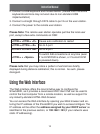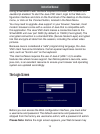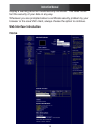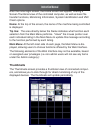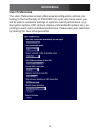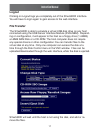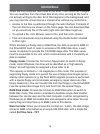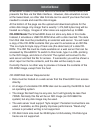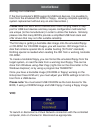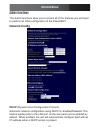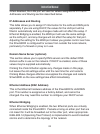
Instruction Manual
20
Booting from USB Disk:
If the host computer’s BIOS supports USB boot devices, it is possible to
boot from the emulated CD-ROM or floppy - allowing complete operating
system replacement without any on-site intervention.)
The first step is getting a bootable disk image onto the emulated floppy
or CD-ROM. For CD-ROM images, you will need an .ISO image from a
disk that contains special bits to enable booting (“El Torito” standard).
Nothing special is needed when reading the ISO from a working, bootable
CD-ROM.
To create a bootable floppy, you can format the emulated floppy from the
target system, or read the data from a working boot floppy. This can be
done from Windows using Disk Copy (right click on the drive letter in the
Windows Explorer) or by using a program like “RAWRITE”.
Once you have a bootable image (CD-ROM or floppy) working on the
Enterprise Class KVM unit, you must adjust your BIOS settings to tell it to
boot from a USB device.
Please note: You must select USB CD-ROM as the boot device for the
BIOS, if using a CDROM image and USB Floppy if using a floppy image.
VNC
To launch or disconnect a Virtual Network connection with the controlled
computer, click on Connect or Disconnect as appropriate.
Please note that each BIOS manufacturer offers varying levels of sup-
port for USB boot devices and may require configuration methods that
are unique (to the manufacturer) in order to utilize this feature. Similarly,
please note that many BIOS’s provide a simplified USB host stack and
offer drivers that may not offer suitable reliability.



